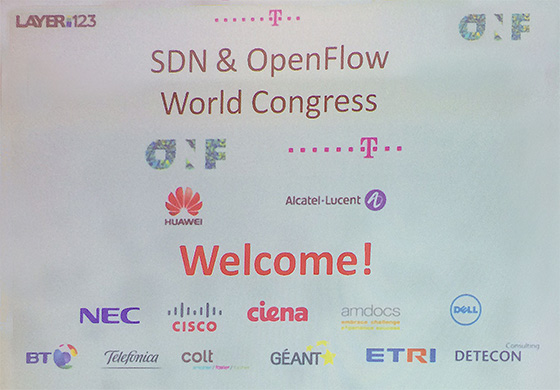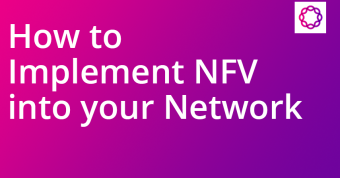NFV/SDN – All about Open Source and Ecosystems
Today at the SDN and OpenFlow World Congress, there has been significant discussion and debate around Open Source and ecosystems. Why do we need Open Source movements and communities such as OpenFlow, OpenStack, OpenPlatformNFV? Why are ecosystems such as HP OpenNFV, Intel Network Builders and Alcatel Lucent Cloudband important?
Some of the thoughts on Open Source presented today were about the need for using the power of the community to develop commodity software, sharing the collective benefits and allowing vendors to then focus on differentiated software development with their R&D spend. There was also a discussion about having vendors treating the Open Source community as a strategic resource, given the software supply chain dependencies on Open Source and allocate members to contribute to the various movements. Also, Open Source collaboration requires new skills ranging from strategic analysis to business processes. Bottom line, utilizing the power of joint development and cooperation via open source makes sense, given no one company or organization can move the industry in terms of innovation on their own.
There was also a key discussion on the need for different ecosystems for NFV and SDN – both forced ecosystems, which would be vendor driven, and natural ecosystems that would arise from different vendors. Interoperability and pre-integration is a key focus within such ecosystems, delivering high-performance end-to-end NFV solutions.
 At GENBAND, we truly believe in close cooperation with ecosystems to bring high-performance NFV solutions to market, and today announced that we have joined the HP OpenNFV ecosystem as a Technology Partner. This is in addition to memberships into other NFV ecosystems that we have announced including the Intel Network Builders Program and the WindRiver Titanium Cloud ecosystem. GENBAND is also a strong believer in Open Source software and utilizes OpenStack for NFV software development and Proof-of-Concept (POC) demonstrations.
At GENBAND, we truly believe in close cooperation with ecosystems to bring high-performance NFV solutions to market, and today announced that we have joined the HP OpenNFV ecosystem as a Technology Partner. This is in addition to memberships into other NFV ecosystems that we have announced including the Intel Network Builders Program and the WindRiver Titanium Cloud ecosystem. GENBAND is also a strong believer in Open Source software and utilizes OpenStack for NFV software development and Proof-of-Concept (POC) demonstrations.




